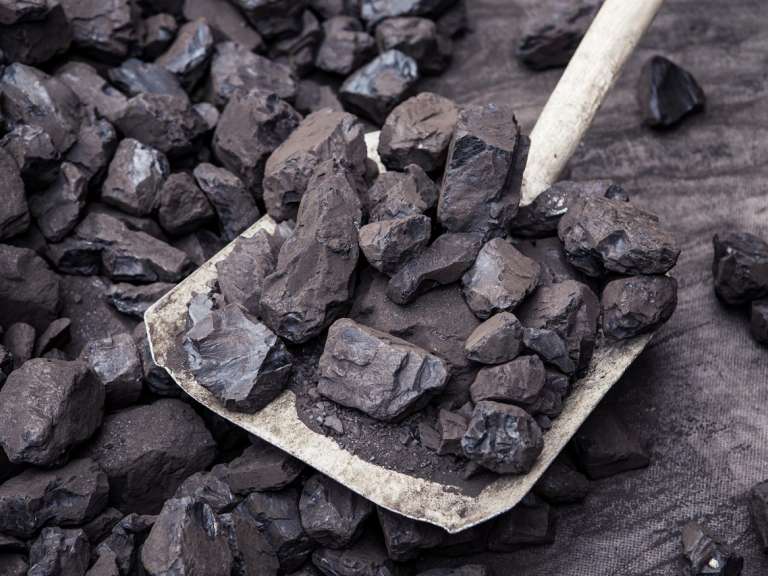Interview: What's in Store for Coal Power Generation in 2018?
Heidi VellaJames Stevenson of IHS Markit discusses where coal-fired power demand will grow or fall in the near future.

In a jointly released report, Greenpeace, the US-based Sierra Club, and research network CoalSwarm hailed a two-thirds reduction in new coal power plant developments in 2016 as the beginning of the end for coal-fired power.
However, this is far from the whole story, according to the senior director of global coal at IHS Markit, James Stevenson. Despite significant growth in renewable and gas-fired power generation, coal is still very much in demand globally, he says. To provide a more in-depth picture of regional coal-fired power demand going into 2018, Stevenson shares his predictions with Transform below.
Global coal demand is rising. However, it is falling in Europe, especially in the UK, and in the US. This is usually what drives people's perception that coal power is in decline. Everywhere else, coal demand is growing. In China, India, and Southeast Asia, coal is still booming.
Furthermore, in Vietnam, Malaysia, Pakistan, the UAE, Thailand, the Philippines, and Indonesia, coal demand is growing very quickly. For each country, this may only be a few million tons per year, but in aggregate, it is very large.
Gas is also generally cheaper in Europe, though not necessarily when you incorporate carbon pricing. On a dispatch basis, where gas wins, hands down, is the cost of building a new plant. This cost margin between coal and gas is closer in Europe, but it is close enough for people to favor building other things, mostly renewables, over coal. And this is due to climate targets.
Coal is cheaper in countries like South Korea, but it is close enough that if the carbon tax is increased, they could be competing head to head.
No. At first pass you think that, but the reality is, the subsidies have already stimulated growth, so even if you scrap tax breaks on wind and solar, those farms are not going to disappear. Gas beats coal like-for-like on a new-build basis—but for existing plants coal is still cheaper.
Yes [they do]. For example, the Korean administration is very environmentally focused and most Asian nations have COP21 targets. In Thailand, for instance, we would have a stronger outlook for coal-fired power, but we have concerns about environmental groups. It is important, as countries get wealthier, that they start to look at their air quality and carbon emissions; however, that isn't something that happens when there is a choice between having electricity and not.
A lot has been made of China becoming more focused on environmental factors and coal plants in Beijing are being closed because people care about the environment. Along coastal China, we expect coal demand to decline, but we expect coal demand in general in China to grow, because we see a lot of growth further inland.
All these countries are focused on industry and need reliable power. There is a big electrification need in India. Coal is the cheapest power source, and if locals are paying for power, then the decision will be for the cheaper option, which is coal.
Yes, I think that is a very real risk. It depends on what prices do now; prices are quite high now, but we expect that to come off. If they stay high, a signal will be sent that more coal is needed and the projects will be built. But if prices come off now and an investment signal is not sent, in five years' time we could find ourselves needing coal that isn't being mined. Then we would have a couple of years of high prices because those projects haven't been developed.
Australia has a big fleet of coal-fired power plants, with too many of them built in the early '80s. So, there was a period where little new power generation was built, and now those plants are starting to get old, and the government has been looking at new power generation. If you are talking in a 2050 context, could we get another coal-fired plant in Australia? Probably, but it will depend on the cost—but it is also more likely that gas will be the interim fuel, despite Australia having lots of coal reserves. The country will continue to be a huge coal exporter, though.
Will the responsibility of intermittent energy source balancing fall primarily on batteries and energy storage, or can digitized thermal power plants take on some of the task?
The future holds the promise of smart cities and power plants that utilize interconnected, decentralized networks to provide more efficient and sustainable public services.
The EIA estimated that coal will overtake natural gas in power production this winter. Are these simply seasonal power generation trends?